What is CER in Science & Why It’s Essential for Student Success

The Power of CER (Claim, Evidence, Reasoning) in Science
Ask any teacher. Every educator hopes to inspire students to be critical thinkers. That skill benefits learners in every content area, especially science. It’s also a skill that needs to be taught and reinforced. That’s why CER is so powerful.
Try Gizmos free for 45 days!
For a limited time, get an extended 45-day trial of Gizmos. Use code 45GIZIN to unlock your access. Transform your classroom and unlock students’ STEM potential today!
What is CER, and why does it matter in scientific inquiry?
Science classes are all about inquiry and investigation. Through scientific inquiry, learners understand the meaning of CER and how it helps them structure their scientific thinking.
So, what does CER stand for? In science, CER means Claim, Evidence, and Reasoning. It’s a three-step process that helps students develop critical thinking skills in science class.
Claim: Students make a statement or hypothesis that answers a scientific question.
Evidence: They back up their claim with observations, data, or information gathered during experimentation or research.
Reasoning: Finally, they connect the evidence to the claim using logical explanations and scientific principles to explain and support their thinking.
This structured approach encourages students to think like scientists, guiding them to articulate their thought process clearly and support their conclusions with relevant evidence. Claim, evidence, reasoning in science is more than a classroom framework—it mirrors how real scientists communicate findings in research and professional environments!
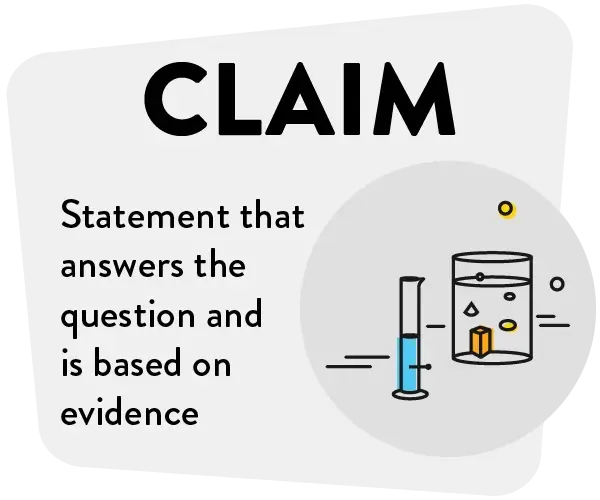

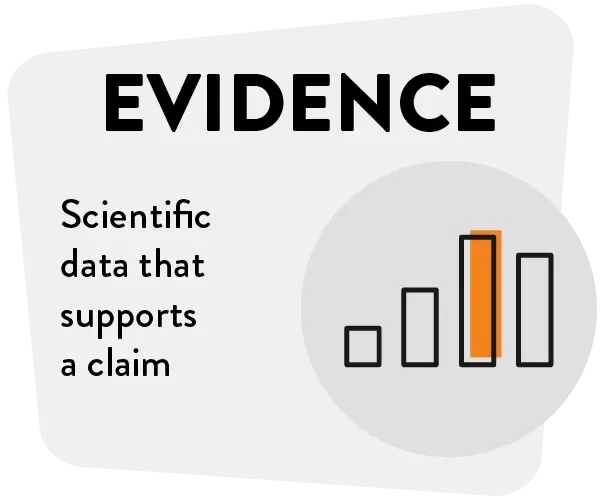
CER examples: Real-world applications in science
Start with any question. Then, ask students to explain their answers using the claim, evidence, and reasoning (CER) process.
Here are some CER examples to use with your students:
- Does cracking your knuckles lead to arthritis?
- How often do people blink?
- Which candy color (M&M, Skittles, etc.) is in the bag most often?
- Does a person’s height change throughout the day?
- What is the most popular sport in the United States?
- What is the most popular app of the year?
Ask your students to brainstorm some questions of their own!
Why claim, evidence, and reasoning are essential for developing critical thinking skills in students
CER trains students to think like scientists. It is an effective way to frame the workflow of questioning through experimentation, evidence, and explanation. Students begin to think about how evidence supports their claims and how to explain their findings. All of these are key components of critical thinking.
The CER model supports NGSS practices or similar standards and helps students master evidence-based explanations. This is critical for long-term academic success. Educators can also explore CER examples across disciplines to encourage deeper analysis.
Gizmos naturally support CER by providing rich scenarios for students to investigate, collect evidence, and justify claims. These interactive simulations mirror the structure of CER lessons, making it easier for educators to integrate critical thinking into daily instruction.
Ready to elevate your science lessons?
Gizmos Investigations are now available! These interactive, scaffolded science lessons combine Gizmo simulations with built-in student questioning and just-in-time feedback to support sensemaking practices. Designed to meet next-generation science standards, they help all students actively engage in the doing of science. Explore how Gizmos Investigations can transform your classroom today!
Stimulate scientific minds with CER activities in the classroom
Because science is the "study of the structure and behavior of the physical and natural world through observation, experimentation, and the testing of theories against the evidence obtained," according to Dictionary.com, science classes offer countless opportunities for CER activities in the classroom, especially when exploring claim, evidence, and reasoning in science topics. ExploreLearning Gizmos and STEM Cases are designed with this in mind.
With Gizmos, students actively practice the scientific method and build explanations using claim, evidence, and reasoning in every simulation—making science more than a subject, but a process. Research shows that inquiry-based learning, when paired with tools like Gizmos, leads to improved science understanding and higher student engagement. Gizmos simulations give teachers the ability to guide students through lessons while fostering deep reasoning skills.
Gizmos effectively use CER with whole and small group instruction and independent study. Students can answer questions about disease transmission in the Disease Spread Gizmo. What about ways to tell if a chemical change has occurred? Students can explore with the Chemical Changes Gizmo. For more details about teaching this Gizmo, check out the Professional Development Video.
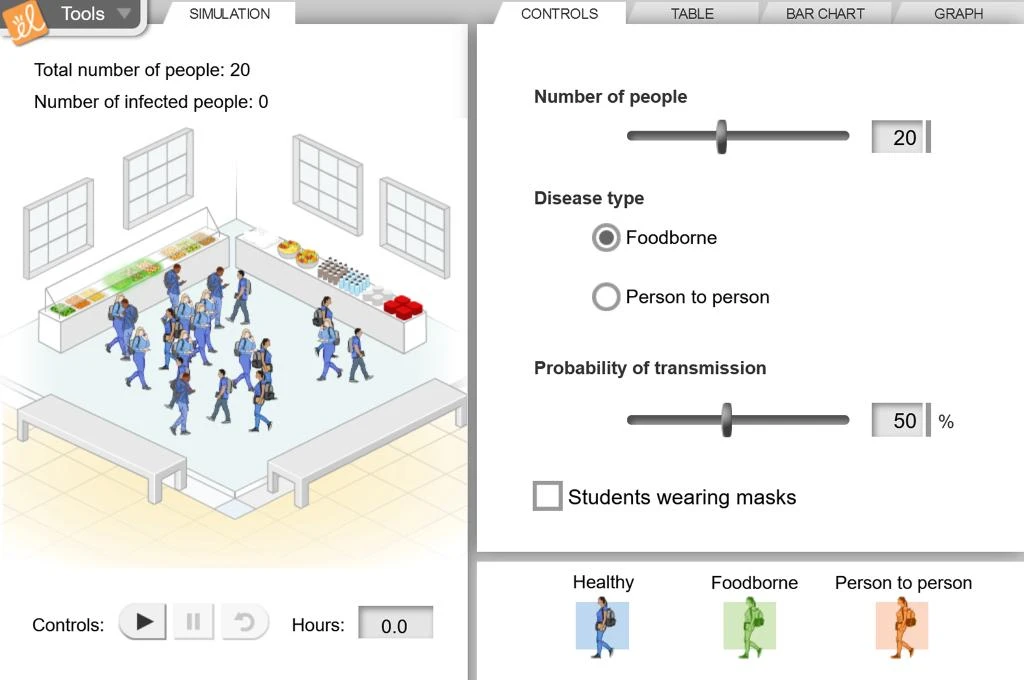
Disease Spread Gizmo
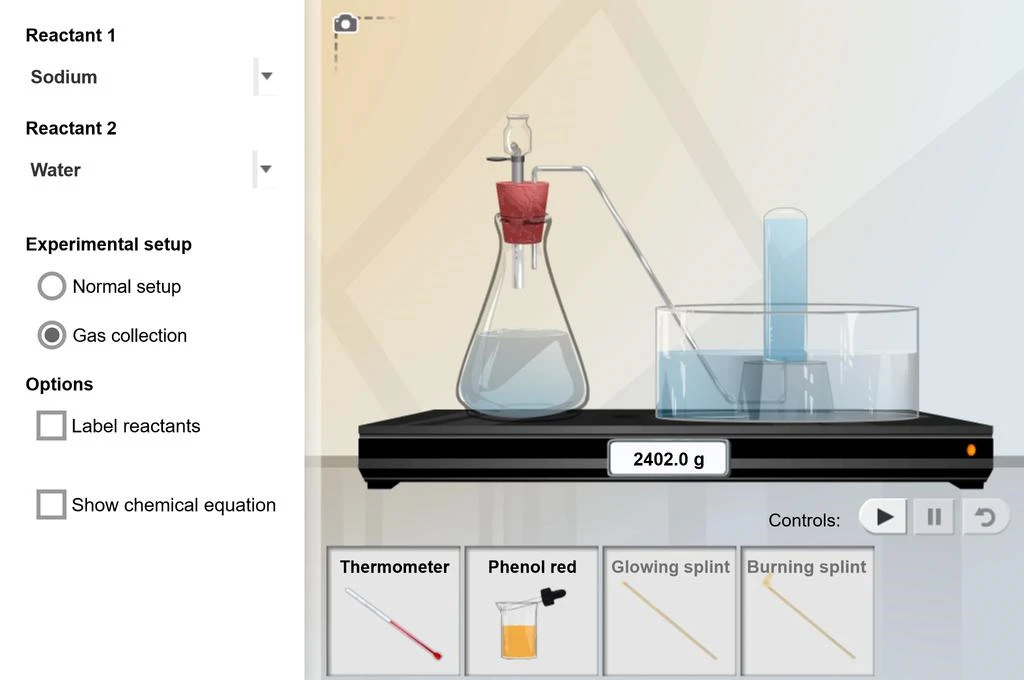
Chemical Changes Gizmo
STEM Cases are interactive case studies that place students in the role of a STEM professional whose task is to solve a real-world problem, which is perfect for CER. How about investigating Fruit Production and the Environment or Animal Group Behavior?
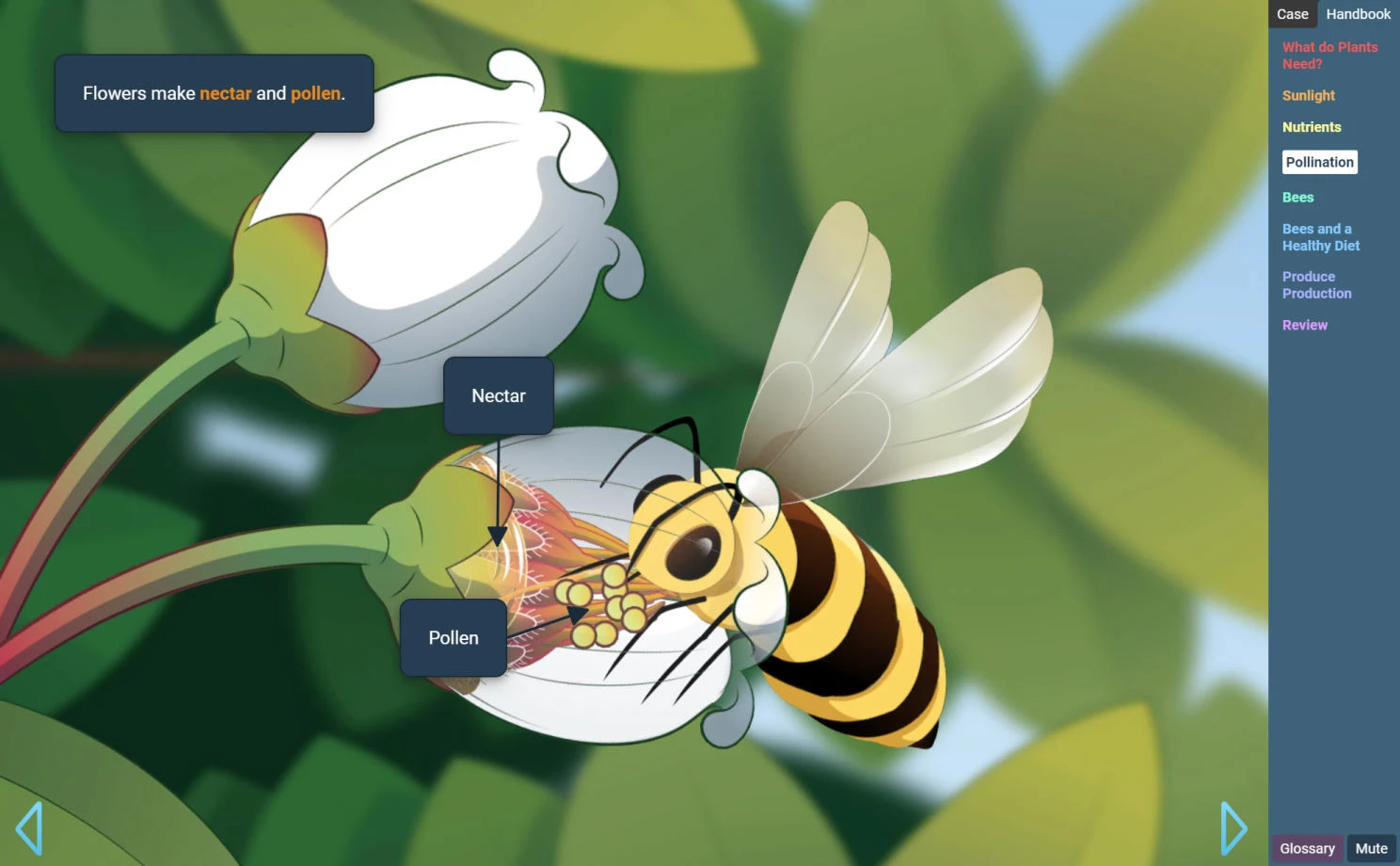
Fruit Production and the Environment STEM Case
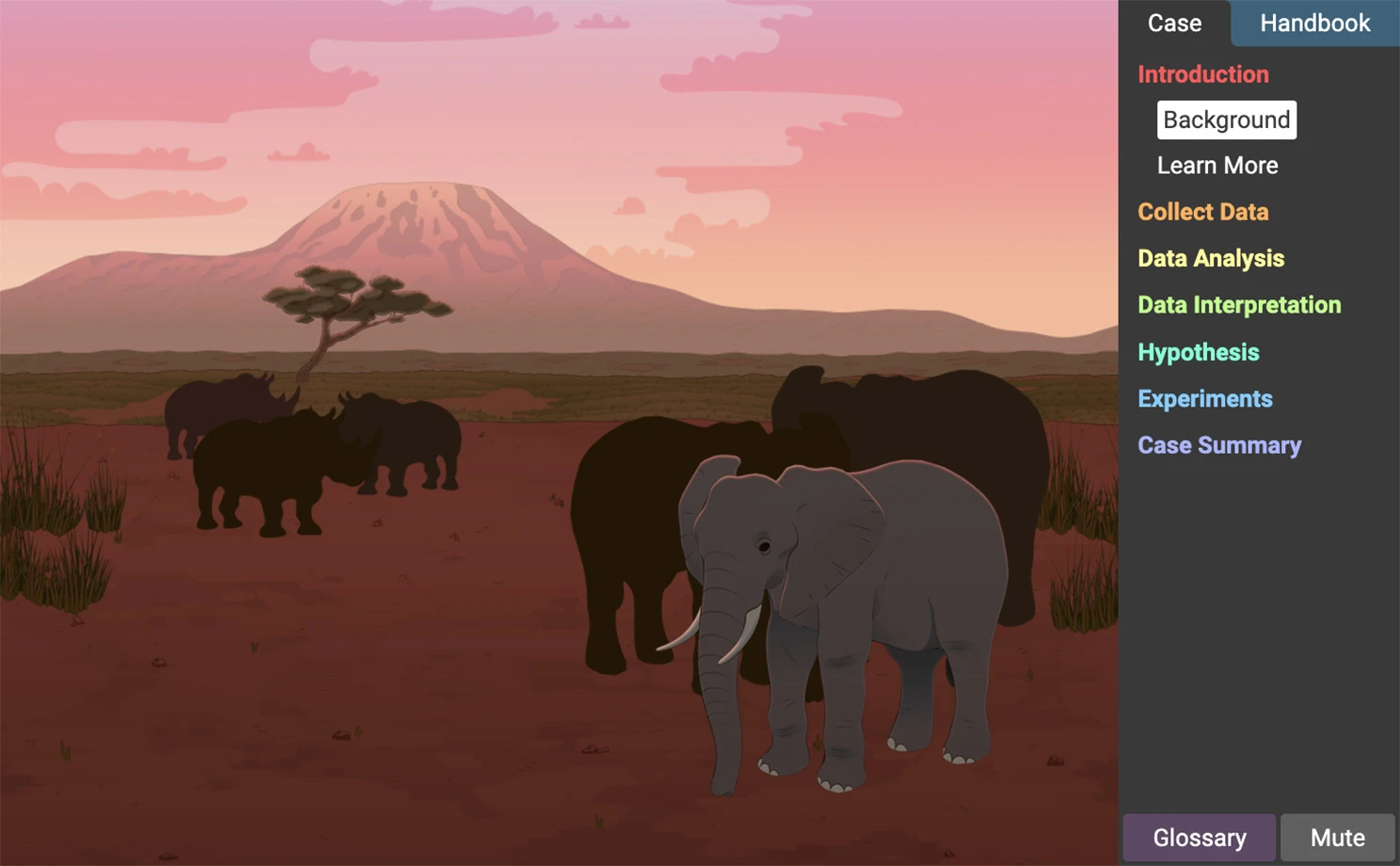
Animal Behavior STEM Case
What about the youngest scientists? It’s important to focus on science in the early years, too. Science4Us has lessons to start them on the right path for scientific inquiry and critical thinking using CER. Let them experience scientific inquiry with lessons about force and motion or living things.
Hoping for more information and guidance for using CER in your classroom? We’ve got you covered with professional development options.
How about a trial for more CER options?

Make chemistry come alive for your students in grades 3+ with Gizmos virtual simulations.
Take a Trial
Let the youngest learners experiment with chemistry through these experiments featured in Science4Us.
Take a Trial